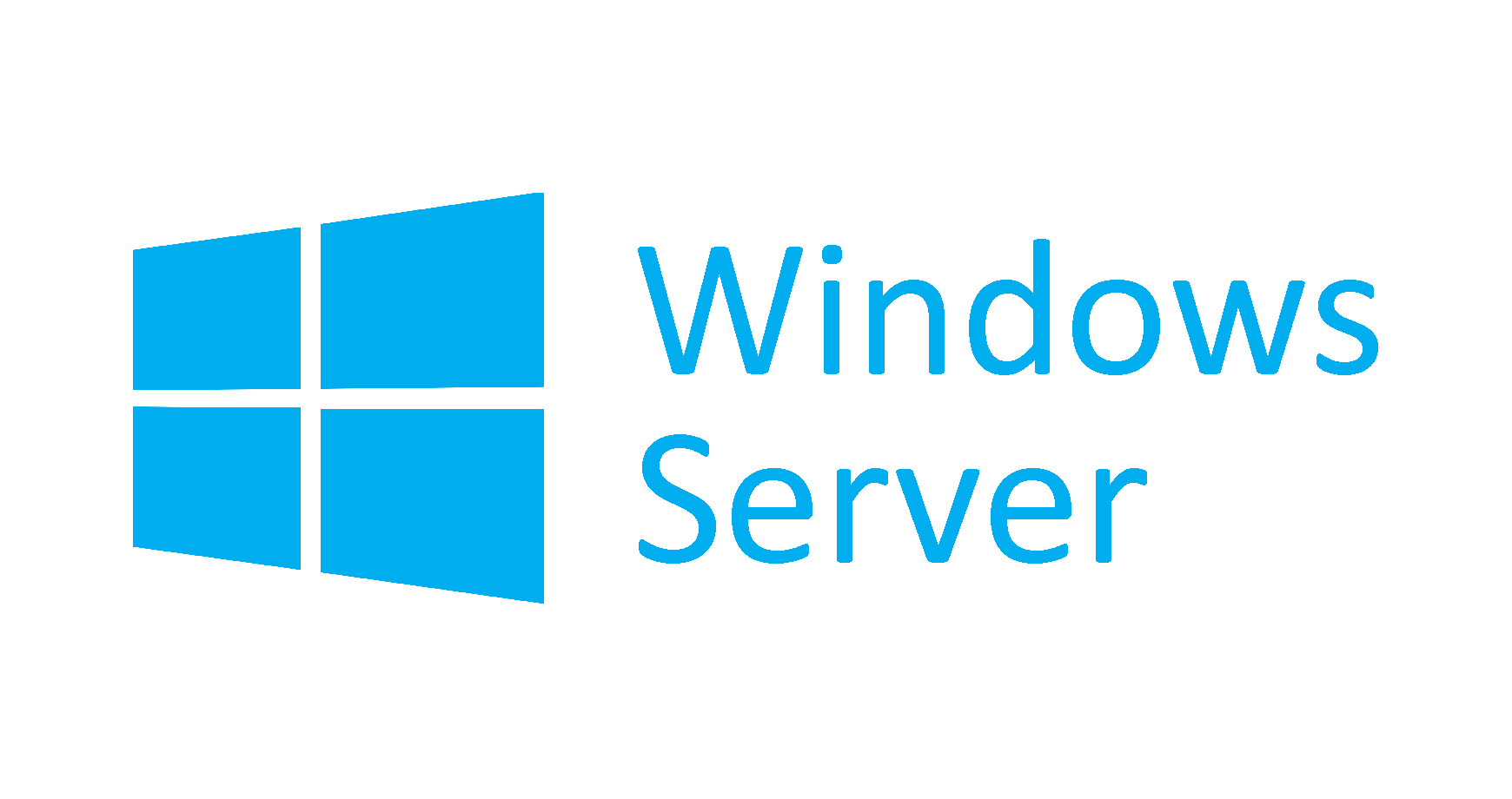Description
About this On Demand Course
The Microsoft on-demand product is an integrated on-line training experience that includes video, labs, exercises, text and knowledge checks. Attendees experience all of this through an on-demand course player.
What’s included?
- Access to the official Microsoft Video on Demand Course for 90 days from the point of first access, allowing you to start and stop when you need to.
- Lab access for 3 months from start of access.
- Digital edition of the Microsoft Official Curriculum (DMOC) manual for reference throughout your course. All DMOC come with fresh editions so your courseware will always be up to date.
- MCT Support via our Microsoft Training Support Yammer Group (you will be invited to the group after registration)
The content is based on the same official courseware we use in our instructor-led training, and videos feature engaging experts hand-selected by Microsoft. Unlike other on-demand offerings that offer simulated labs, MOC On-Demand gives you a live, real-time environment for hands-on training.
About this course
This course explains how to implement and configure new Windows Server 2016 features and functionality. This course is for information technology (IT) professionals who want to upgrade their technical skills from Windows Server 2008 or Windows Server 2012 to Windows Server 2016. This course presumes a high level of knowledge about previous Windows Server technologies and skills equivalent to the Microsoft Certified Solutions Associate (MCSA): Windows Server 2008 or Windows Server 2012 credential.
This course is not a product-upgrade course, detailing considerations for migrating and upgrading students’ specific environment to Windows Server 2016. Rather, this course provides updates to students’ existing Windows Server knowledge and skills, as they pertain to Windows Server 2016.
Prerequisites
Before attending this course, students must have:
- Two or more years of experience with deploying and managing Windows Server 2012 or Windows Server 2008 environments; NS experience with day-to-day Windows Server 2012 or Windows Server 2008 system-administration management and maintenance tasks.
- Experience with Windows networking technologies and implementation.
- Experience with Active Directory technologies and implementation.
- Experience with Windows Server virtualization technologies and implementation.
- Knowledge equivalent to the MCSA credentials of Windows Server 2008 or Windows Server 2012.
Audience profile
This course is for IT professionals who are experienced Windows Server 2012 or Windows Server 2008 system administrators, with real-world experience working in a Windows Server 2008 R2 or Windows Server 2008 enterprise environment. Additionally, students should have obtained the MCSA credential for Windows Server 2008 or Windows Server 2012, or they should have equivalent knowledge.
Additionally, IT professionals who plan to take the Microsoft Certified Solutions Expert (MCSE) exams might be interested in this course, as preparation for the MCSA exams, which are a prerequisite for the MCSE specialties.
At course completion
After completing this course, students will be able to:
- Install and configure Windows Server 2016.
- Describe storage in Windows Server 2016.
- Implement directory services.
- Implement Active Directory Federation Services (AD FS).
- Describe networking.
- Implement Hyper-V.
- Configure advanced networking features.
- Implement software-defined networking.
- Implement remote access.
- Deploy and manage Windows and Hyper-V containers.
- Implement failover clustering.
- Implement failover clustering by using virtual machines.
Course Outline
Module 1: Installing and configuring Windows Server 2016
This module explains how to install and perform post-installation configuration of Windows Server 2016 servers.
Lessons
Introducing Windows Server 2016
Installing Windows Server 2016
Configuring Windows Server 2016
Preparing for upgrades and migrations
Migrating server roles and workloads
Windows Server activation models
Lab: Installing and configuring Nano Server
Installing Nano Server
Completing post-installation tasks on Nano Server
Module 2: Overview of storage in Windows Server 2016
This module explains how to configure storage in Windows Server 2016.
Lessons
Overview of storage in Windows Server 2016
Implementing Data Deduplication
Configuring iSCSI storage
Configuring the Storage Spaces feature in Windows Server 2016
Lab: Implementing and managing storage
Implementing File Server Resource Manager (FSRM)
Configuring iSCSI storage
Lab: Implementing and managing advanced storage solutions
Configuring redundant storage spaces
Implementing the Storage Spaces Direct feature
Module 3: Implementing Directory Services
This module explains how to implement the Directory Services feature.
Lessons
Deploying Active Directory domain controllers
Implementing service accounts
Azure AD
Lab: Implementing and Managing AD DS
Cloning a domain controller
Implementing service accounts
Module 4: Implementing AD FS
This module explains how to implement an AD FS deployment.
Lessons
Overview of AD FS
Deploying AD FS
Implementing AD FS for a single organization
Implementing Web Application Proxy
Implementing SSO with Microsoft Online Services
Lab: Implementing AD FS
Installing and configuring AD FS
Configuring an internal application for AD FS
Lab: Implementing Web Application Proxy
Implementing Web Application Proxy
Module 5: Implementing network services
This module explains how to configure advanced features for Dynamic Host Configuration Protocol (DHCP) and configure IP Address Management (IPAM).
Lessons
Overview of networking enhancements
Implementing IPAM
Managing IP address spaces with IPAM
Exchange Server 2016Configuring DNS policies
Configuring DHCP failover
Configuring IPAM
Module 6: Implementing Hyper-V
This module explains how to install and configure Hyper-V virtual machines.
Lessons
Configuring the Hyper-V role in Windows Server 2016
Configuring Hyper-V storage
Configuring Hyper-V networking
Configuring Hyper-V virtual machines
Lab: Implementing server virtualization with Hyper-V
Installing the Hyper-V server role
Configuring virtual networking
Creating and configuring a virtual machine
Module 7: Configuring advanced networking features
This module explains how to implement an advanced networking infrastructure.
Lessons
Overview of high-performance networking features
Configuring advanced Hyper-V networking features
Lab: Configuring advanced Hyper-V networking features
Creating and using Microsoft Hyper-V virtual switches
Configuring and using the advanced features of a virtual switch
Module 8: Implementing Software Defined Networking
This module explains how to implement software-defined networking.
Lessons
Overview of Software Defined Networking
Implementing network virtualization
Implementing Network Controller
Lab: Deploying Network Controller
Preparing to deploy Network Controller
Deploying Network Controller
Module 9: Implementing remote access
This module explains how to configure connectivity for remote users by using the DirectAccess feature.
Lessons
Remote access overview
Implementing DirectAccess
Implementing VPN
Lab: Implementing DirectAccess
Configure DirectAccess using the Getting Started Wizard
Testing DirectAccess
Module 10: Deploying and managing Windows Server and Hyper-V containers
This module provides an overview of Windows Server 2016 containers. Additionally, it explains how to deploy, install, configure, and manage containers in Windows Server 2016.
Lessons
Overview of containers in Windows Server 2016
Deploying Windows Server and Hyper-V containers
Installing, configuring, and managing containers by using Docker
Lab: Installing and configuring containers
Installing and configuring Windows Server containers by using Windows PowerShell
Installing and configuring Windows Server containers by using the Docker engine
Module 11: Implementing failover clustering
This module explains how to implement failover clustering to provide high availability for network services and applications.
Lessons
Overview of failover clustering
Implementing a failover cluster
Configuring highly-available applications and services on a failover cluster
Maintaining a failover cluster
Implementing a stretch cluster
Lab: Implementing failover clustering
Configuring iSCSI storage
Configuring a failover cluster
Deploying and configuring a highly available file server
Validating the deployment of a highly available file server
Configuring CAU on the failover cluster
Module 12: Implementing failover clustering with Windows Server 2016 Hyper-V
This module explains how to deploy and manage Hyper-V virtual machines in a failover cluster.
Lessons
Overview of the integration of Hyper-V Server 2016 with failover clustering
Implementing Hyper-V virtual machines on failover clusters
Implementing Windows Server 2016 Hyper-V virtual machine migration
Implementing Hyper-V Replica
Lab: Implementing failover clustering with Windows Server 2016 Hyper-V
The Hyper-V Failover clustering testing environment
Configuring Hyper-V Replica
Configuring a failover cluster for Hyper-V
Configuring a highly available virtual machine


